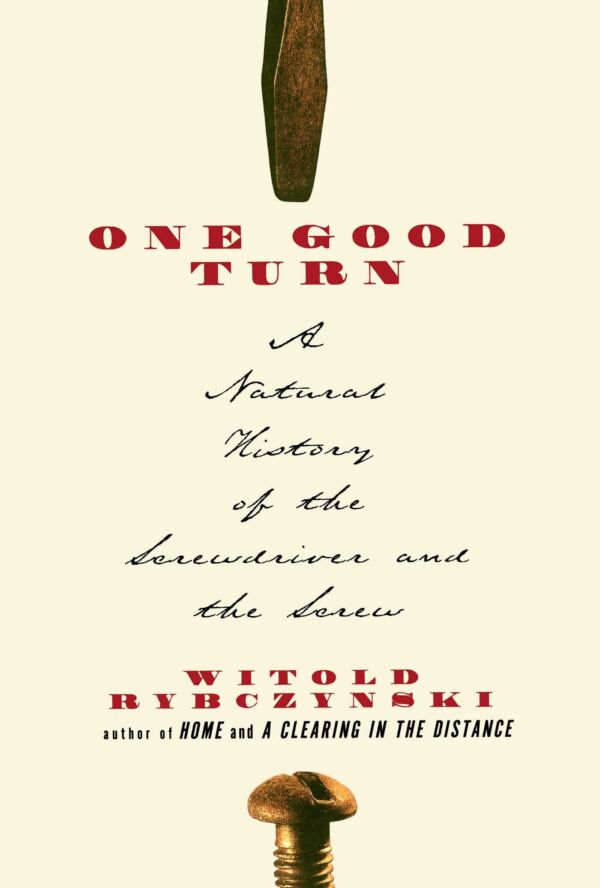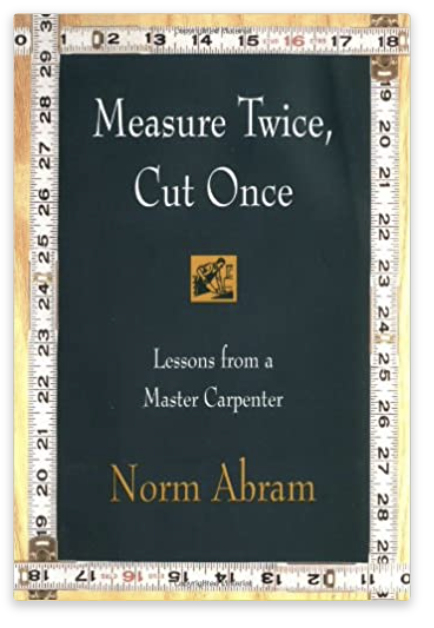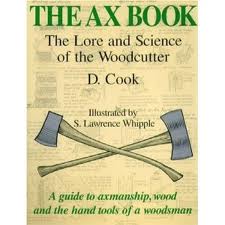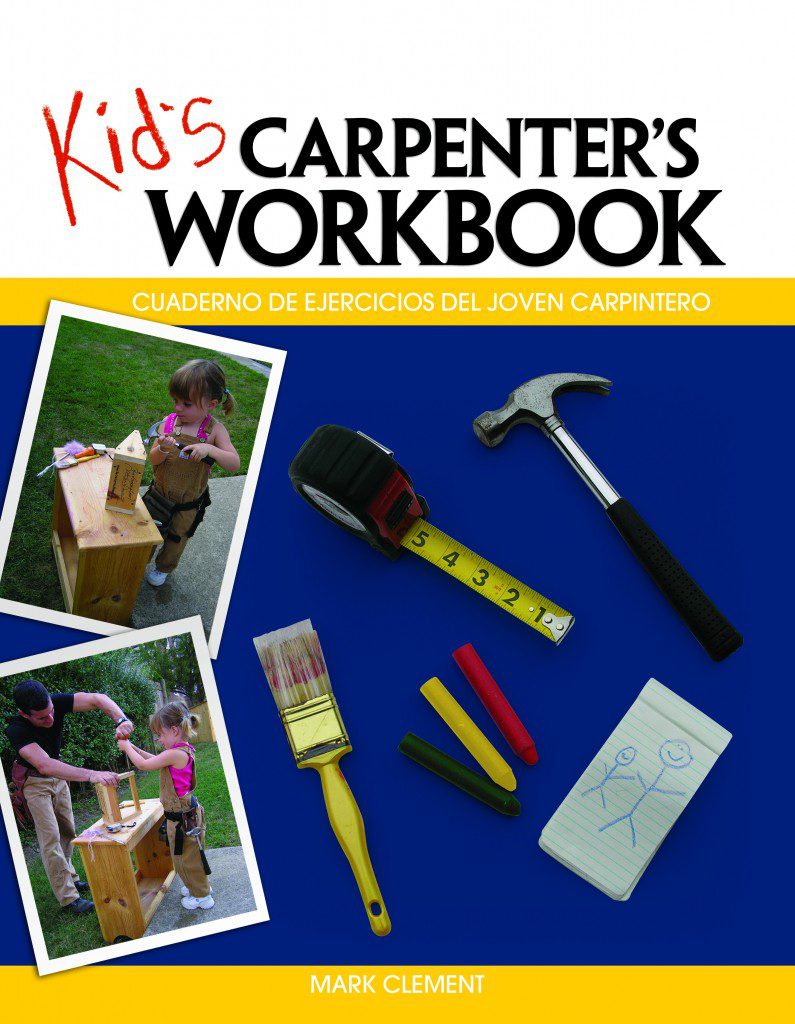
We’re often fascinated by innovation, especially innovation and invention that occurred before the digital age like the history of the screw and screwdriver detailed in Witold Rybczynski’s book “One Good Turn.”
One Good Turn. Don’t be fooled by this small book’s brevity.
Book review
It’s astounding the impact, thinking, research, and accessible writing style of architect and thinker Witold Rybczynski (it’s pronounced Vee-told Rib-chin-ski.) And don’t be fooled that a small book about a grandly banal tool is anything other than, pardon the pun, riveting.
“One Good Turn, A Natural History of the Screwdriver and Screw” is a romp through human history, engineering, science, and tools!
At times it’s philosophical and others historical. In fact, “One Good Turn: tells the story of the enduring relationship between genius, guts, drive, and the will to see a dream come alive.
My only complaint: it’s not longer. On the other hand, at 143 pages, I can read “One Good Turn” again. Now, that’s a good turn.
Here’s one of my favorite excerpts:
Nevertheless, while most would bridle at the suggestion that if Cezanne, say, had not lived, someone else would have created similar paintings, we readily accept the notion that the emergence of a new technology is inevitable or, at least, determined by necessity.
My search for the best tool of the millennium suggests otherwise. Some tools were developed in direct response to a particularly vexing problem—this was the case with the roam frame saw, or the socketed hammer. No doubt these devices would have appeared sooner or later.
But the sudden and “mysterious” appearance of tools such as the carpenter’s brace or the medieval bench lathe cannot be explained by necessity. Such tools are the result of leaps of an individual’s creative imagination. They are the product of brilliant, inventive minds whose intuitive perceptions of complex mechanical relationships are really poetic.
The screwdriver is hardly poetic…the screw itself, however, is a different matter…To begin with, the thread of a screw describes a particularly complicated three-dimensional shape [called]…a helix…It requires a particular set of talents to invent a screw…It would take a skillful mathematician to describe the geometry…
Then he—or someone else—would have to make the connection between the theoretical mathematics and practical mechanics in order to imagine such a use for such an unusual object. Finally, there would be the problem of how to actually fabricate the screw.
Click here to read more from Mark.



About the Author
More books






























